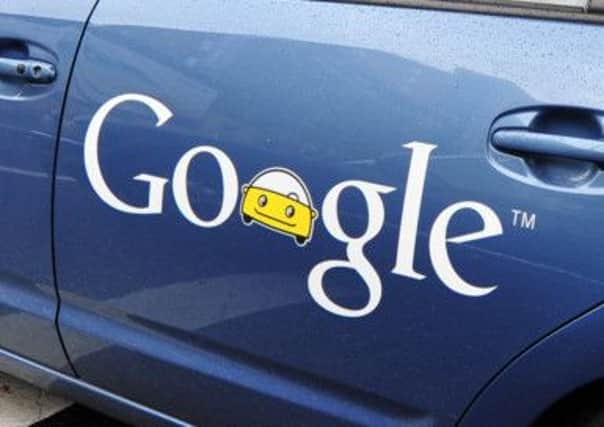Alan Dee: A driverless car could be heading in the right direction


The prototype electric vehicle has a top speed of 25mph, just two seats and no pesky pedals or steering wheel.
You just summon one with your phone, tell it where to go the same way and sit back – although there is an emergency stop function in case some gormless pedestrian steps into your path.
Advertisement
Hide AdAdvertisement
Hide AdEven then it’s a winner, with impact-absorbing foam parts from and back and a plastic windscreen to keep it as safe as possible.
There are 100 of these ready to hit the road in California, where else, but before it can spread any further all the worlds in the road will need to be scanned in much greater detail than they ever bothered with when introducing the now-ubiquitous sat navs.
But already these Google buggies have covered 700,000 miles without a single scrape, and the potential is obviously there for regular short-haul journeys and the like.
Other car makers are also working on vehicles where the driver will be only incidentally involved, of course, but they’re not looking to remove the human element as completely as the Google gang.
Advertisement
Hide AdAdvertisement
Hide AdSeeing as the most dangerous part of any car is the one that slots in between the driving seat and the steering wheel, you can see where they’re coming from.
And there are other obvious advantages. The vehicles are just designed to go from A to B, which is as it should be – so in the future it will be much more difficult for moody young men to perform aimless circuits of any town centre, windows open and music rattling nearby windows. They’ll look like right divots trying to do it in a two-seater electric buggy, in any case.
You won’t have to endure a frustrating tour of the car park looking for an open space – your buggy will know exactly where to stop, you can just sit back and enjoy the view.
And we all know how many matrimonial mash-ups have been caused by sharing the front two seats of a car. Imagine a world in which there will be no grounds for complaint on either side about driving too fast, driving too close to the car in front, inability to park or inability to read a map – you can just join forces and blame the computer.
Advertisement
Hide AdAdvertisement
Hide AdOf course, that also means that journey times will be an opportunity for couples conversation, but we can cross that bridge when we come to it.
And we’ll also have to bear in mind that on a server somewhere Google will have a record of everywhere we’ve ever gone, which could have unfortunate knock-on effects.
But seeing as it’s already possible to get ‘forgotten’ on request, I’m sure that function will be built into the finished model. Well, at least that’s what they will tell us, and what we will happily believe.